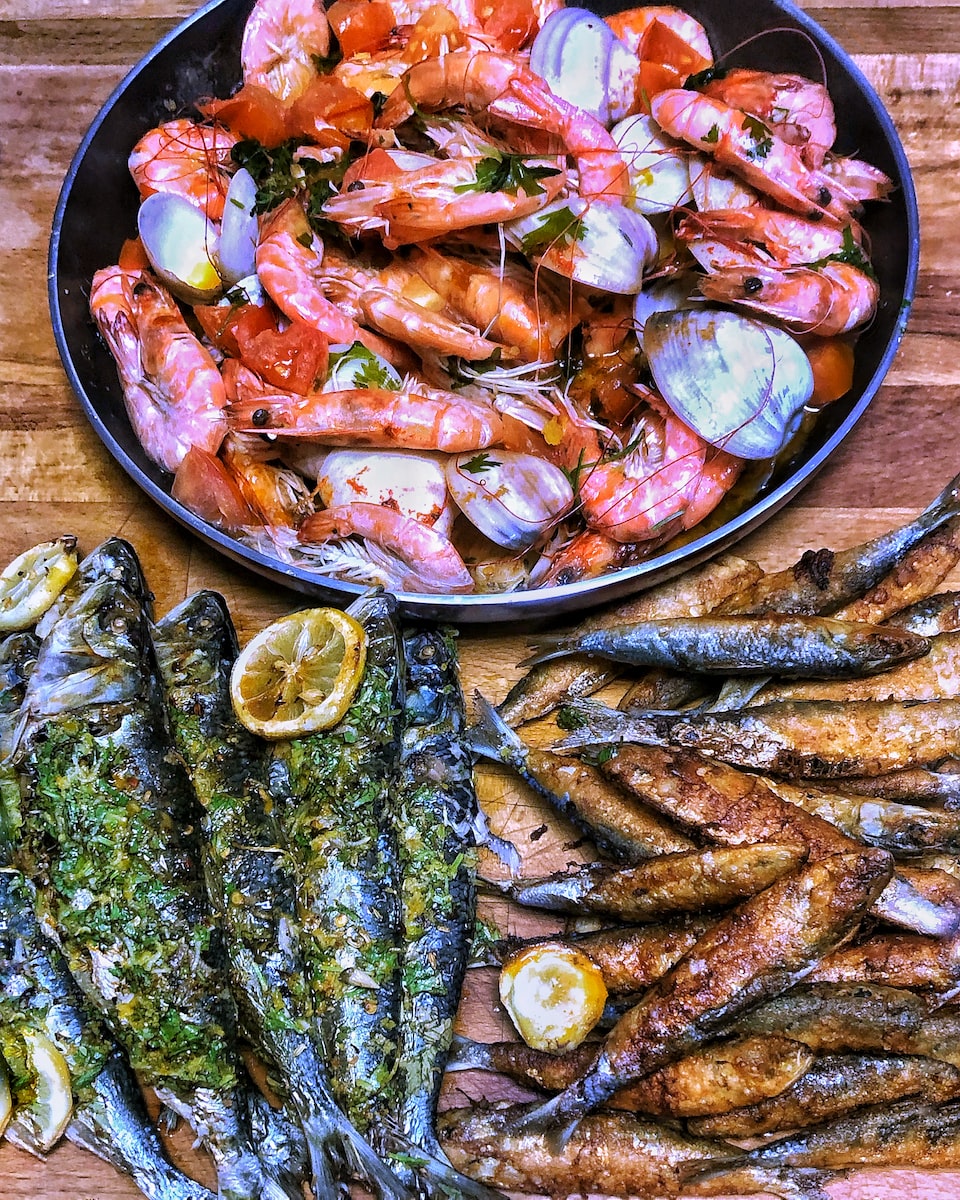 The Eatwell Plate lists the essential nutrients that you should include in your diet, and how much each one should be consumed. This will help you live a healthy life. These are the simple steps to make sure your diet is rich in all the nutrients you need.
The Eatwell Plate lists the essential nutrients that you should include in your diet, and how much each one should be consumed. This will help you live a healthy life. These are the simple steps to make sure your diet is rich in all the nutrients you need.
This is an easy way for you to ensure a balanced diet with the right proportions of each food group. To help you understand the components of a balanced diet, the Food Standards Agency (FSA), has created the Eatwell Plate. The Eatwell Plate is divided into five key food groups. It can be used to plan your meals and manage portion sizes.
What is the Eatwell Plate?
The Eatwell Plate can be used as a visual tool to show you the amounts of various nutrients that you should include in your daily diet. It can help you to plan your meals and determine the right portion size if you are struggling to find balance in food.

5 key food groups of the Eatwell Plate
1. Fruit and vegetables
Fruit and vegetables should make up a third of your daily food intake or your mealtime plate. Each day, eat five portions of vegetables and one piece of fruit. You can also eat frozen, canned, dried, or juiced fruits and vegetables.
2. Starchy carbohydrates
A third of your plate should be made up of bread, pasta, potatoes and rice, as well as other starchy foods. These carbohydrate are great for energy and also have essential micronutrients like calcium, iron, B vitamins, and fiber. They can help keep your digestive system healthy. Wholegrains will increase the amount of vitamins and minerals in your diet.
3. Dairy products
Two to three servings of milk or dairy products are recommended daily. This group makes up a fifth of the Eatwell Plate. These foods are rich in protein, calcium and vitamins A, B12, and provide a great source for protein, vitamin A, B12, and even vitamin C. These foods can be high-fat, so make sure to choose low-fat options.
What are the benefits of a plant-based diet You can swap dairy products out for calcium-rich foods like soya or fortified oatmeal. Avoid dairy products that are high in fat or high sugar, as they can be quite unhealthy.
4. Fat and sugar
You should consume five percent of your food with a low-nutritional intake.
5. Meat, fish, eggs and beans
You should aim to consume 2 to 3 portions of low-fat protein per day. This includes lean meats, fish, beans, and other non-dairy protein sources such as eggs.
Glycemic Index & Glycemic Load
Glycemic index (GI), is a classification system that measures how fast food is broken down and absorbed into your bloodstream. It is a useful indicator of how fast your food will turn to sugar after you eat it. Pure glucose is the most readily absorbed form, and food are rated against it.
A food rated lower than 55 is considered low GI. It will not be absorbed as quickly as other foods, such whole wheat bread or green vegetables. However, GI doesn’t take into account carbohydrate content. Glycemic load (GL), is a better indicator of how food affects blood sugar. Because they are rich in nutrients, many foods such as carrots, potatoes, and pineapple are high GI, but low GL.
Get to know your portion sizes
Are you familiar with your portions? These servings correspond to one portion. These servings can be used as a guide for mealtimes.
- 1 slice bread, 1/2 baked potato, 2 tablespoons rice and 3 tablespoons pasta. 3 tablespoons of breakfast cereal
- 75g lean meat, 75g oily fish, 150g white fish, 2 medium eggs, 4 tablespoons pulses, 2 tablespoons nuts
- 200ml milk – 150g yoghurt, 30g hard cheese, 2 tablespoons cottage cheese
- 2 slices of pineapple, 2 small kiwis, large handful of berries, 150ml fresh juice.
- 3 tablespoons of cooked vegetables
- 1 tablespoon olive oil

